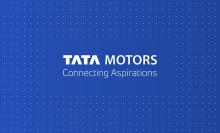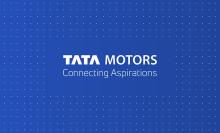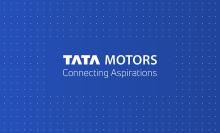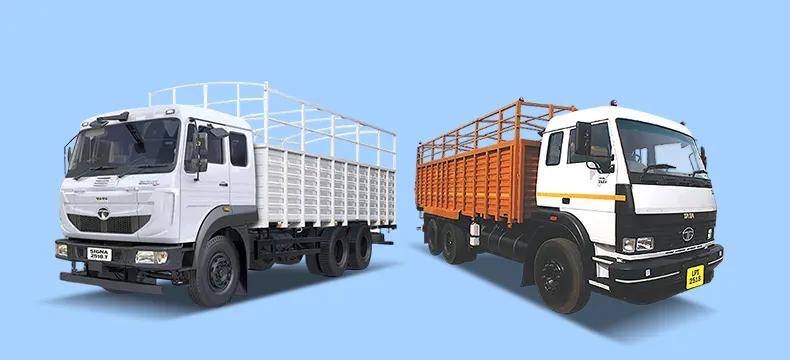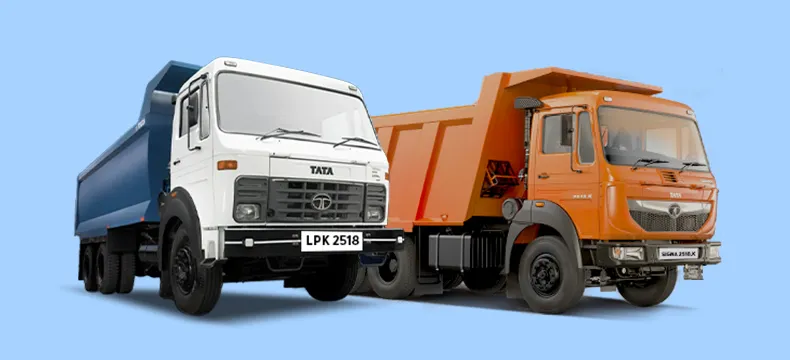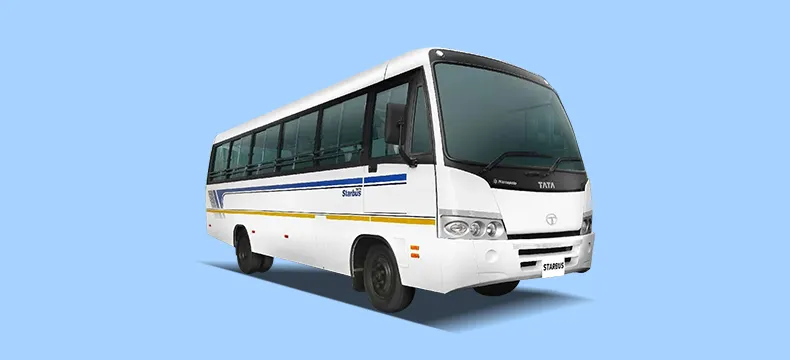11 Mar 2025
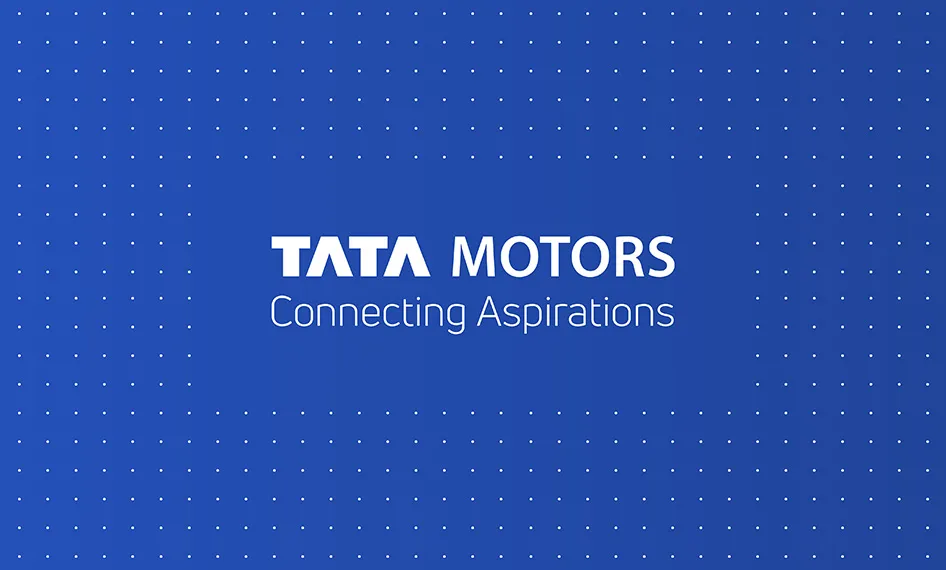
Rising Infrastructure Growth To Benefit Commercial Vehicles
- Tata Motors
- 26 Aug 2020
- Commercial Vechicle
Introduction
The country’s growth, has increased over the last five years and is higher than the average growth among the emerging and developing economies.
Over the last few years (2014-18), the Indian economy has largely seen macroeconomic and political stability. India’s growth in this period has sustained between 7 to 8% P.A., which compares well vis a vis Global GDP of around 3.7% and also of similar emerging market economics.
The uptick in economic growth has come from various economic reforms undertaken by the government such as improvement in ease of doing business, opening up to foreign direct investments, and the push for Infrastructure.
There has been a rise in expenditure on road projects, irrigation works, port development, aviation, industrial development, railways, and energy. These projects also come with shorter execution deadlines. Additionally, initiatives such as Housing for All, Smart Cities are fueling growth of urban infrastructure and construction development.
This has led to a heightened focus on requirement of high performance tippers. It is not just the infrastructure projects that have led to this change; growth in the mining sector too has been a major catalyst.
It is expected that India will hit a nine-year high in iron-ore extraction as independent miners are looking to extract more of steel making raw material, before their leases expire in 2020. Iron-ore output is expected to cross 200 million for the second year running as economic growth drives demand for steel and producers rush to expand plants. Need for Coal is going up due to higher production of electricity. Mining of stones in quarry has gone up and many small hubs are seeking addition of crushers to crush these stones to road construction aggregates like blue metal and m-sand.
OEMs gear up for ride
With the ongoing focus on fast time bound development, OEMs have been working to increase efficiency of trucks and tippers.
The move to stricter emission norms – from BS III to BS IV – has proved to be an inflection point for the introduction of new tech features in the truck segment.
OEMs have equipped their trucks with sophisticated features which were otherwise seen, so far, only in passenger vehicles. Importantly, they offer far more convenient after-sales services. Today, manufacturers are attracting buyers on fuel efficiency, drivability, safety and comfort. For instance, new safety technology such as Electronic Stability Control, Automatic Traction Control and “Hill start” aid are being made available that will go a long way in preventing truck accidents.
For instance, Automatic Traction Control prevents wheel-spin during acceleration under different surface conditions, especially slippery surfaces like mines, water and ice. This prevents loss of traction of one or more wheels and further helps increase tyre life by averting loss of traction of one or more wheels. Similarly, Hill Start Aid prevents roll-back of vehicle during “Stop & Go” situation on an uphill gradient and helps minimize clutch and brake liner wear.
To meet the BS IV norms, OEMs are making use of either exhaust gas re-circulation (EGR) technology or selective catalytic reduction (SCR). EGR works by re-circulating a portion of an engine’s exhaust gas back into an engine’s cylinders. SCR is a more widely accepted process for higher HP engines that uses a catalyst to convert oxides of nitrogen in exhaust gases to nitrogen and water, which are released into the air.
Mining activity largely demands off-site and far-away operations, wherein the efficiency of tippers needs to be very high. For instance, today’s tipper trucks have comfortable cabins, proven powertrain, robust chassis, and better payload capacity. The chassis used in mining tippers are strong to perform in rugged conditions. The frames used in mining tippers are reinforced and have thicker dimensions to carry more load.
With the action in the mining sector expected to speed up, we believe that there will be a robust demand for tipper trucks for the next two to three years. With the working conditions in the mining sector being tough, OEMs are also focusing on the design, as it needs to be strong, sturdy and reliable. There is also a renewed focus on after-sales services as the vehicles plying in mines usually run for two shifts in a day and are exposed to extreme conditions.
Tech on the highway
Digital technology is also being used to increase efficiency and raise the safety bar. For instance, fleet owners can make use of digital technology to better utilize their fleet through trip assignments and tracking of vehicle. Many OEMs are integrating the tracking feature into their maintenance contract offering.
Fleet owners can track and manage their fleets conveniently over a smartphone too. Many of these solutions allow fleet owners to real-time monitoring, geo-fencing, trip review, alert reporting, and trip management. It also monitors any unauthorized vehicle movement and determines the exact location of the vehicles with a user-friendly graphical map.
The Indian start-up eco-system too is coming to the aid of the trucking community. Many truck aggregating sites are trying to offer a platform for truckers to get business. By integrating the truckers, the issue of return load may also be addressed on certain routes. Some Innovative insurance offerings for commercial vehicles focus on using technology to shorten the time to get assets up and running in case of accidents. Cashless process of insurance settlement, removing financial constraints for fleet operators and speeding up repairs are also been improved by OEMs in association with leading insurance companies.
Future ahead
With rising industrial activity, commercial vehicle growth will continue with a robust demand in the mining sector. Construction sector will see an uptick as government spending on housing, rural roads, ports, rail transport and airport development continues. Government is mulling on ways to deal with some financial closures of the HAM road projects already awarded, project over runs due to issues like land acquisition, rising cumulative order book to revenue ratio of major road construction players, increasing repayment cycles and further need & mode of arranging funds for development works. Many experts also believe that post the upcoming general elections, a stable government at center would mean that India could continue to be the ‘big story’ for infrastructure development, steel and iron-ore sectors in the years to come.
- Tags
Related Articles









